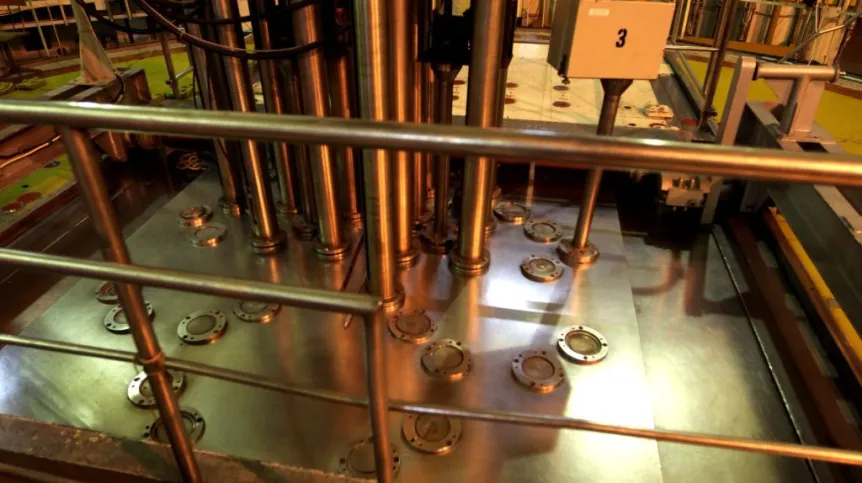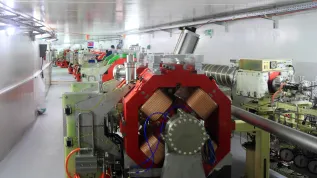
Scientists from the National Centre for Nuclear Research are considering building a new nuclear research reactor - a high-temperature gas reactor (HTGR) in Świerk. A letter of intent on this matter has been signed with a British consortium - the Centre representatives announced last Friday.
According to the National Centre for Nuclear Research spokesman Marek Sieczkowski, the letter of intent is one of the results of a two-day visit of representatives of British Department for Energy and Climate Change.
Letter of intent on preparations for the construction of high-temperature gas reactor (HTGR) in the Świerk institute was signed by Dominic Kieran, CEO of URENCO and a representative of the British consortium U-Battery (URENCO, AMEC FW, ATKINS, Cammell-Laird, Laing O\'Rourke) and the National Centre for Nuclear Research Director General, Dr. Krzysztof Kurek. "This technology is particularly promising because HTGR reactors are relatively fool-proof and they produce industrial heat simultaneously with electricity" - emphasized in the National Centre for Nuclear Research release.
"Nuclear cogeneration is a process of simultaneous production of electricity and heat in a nuclear reactor that can be used, in a dedicated manner, by large industrial plants - emphasised Prof. Grzegorz Wrochna, Chairman of the European Nuclear Cogeneration Industrial Initiative (NC2I). - This means that such reactors may have relatively low heat output of several hundred megawatts, but supply high performance industrial heat. This is enough, for example, for the strategic industries in Poland to have their own sources of energy, making them completely independent from external suppliers. Examples may be chemical industry or refineries."
The National Centre for Nuclear Research spokesman reported that Polish-British co-operation in the development of this technology was one of the topics of discussion between Polish deputy ministers of energy: Andrzej Piotrowski and Michał Kurtyka and the British Secretary of State for Energy and Climate Change, Amber Rudd.
Due to using special fuel in which uranium is protected by a layer of silicon carbide and inert helium as a coolant, HTGRs safely handle much higher temperatures than conventional water-cooled reactors. This allows to obtain industrial heat with excellent properties.
Fuel resistance to extreme conditions means that even in the event of failure of all safety systems and a complete loss of coolant, the reactor cools down automatically, without danger of emission of radioactive substances into the environment. As a result, the reactors can be built in close proximity to other industrial plants and produce electricity and heat much closer to the customer, without exposing it to the transmission losses.
For structural reasons, HTGRs can not have such a high power as, for example, light water reactors. According to the National Centre for Nuclear Research release, for that reason they are not suitable for the implementation of Polish nuclear energy program that assumes the construction of reactors with a total power of 6000 MW. "Replacing 4-6 large light water reactors with dozens of HTGRs would be far too expensive. However, using them where high temperature heat at is necessary in addition to electricity, is economically viable" - commented in the release.
By 2025, scientists from the National Centre for Nuclear Research want to build a research high-temperature reactor in Świerk, with a capacity of 10 MWt and 4 MWe.
"Work on the design, safety analysis and construction of such a reactor would allow to expand and confirm in practice the competence of the Centre\'s experts, also important for the current Polish nuclear energy program. At the same time it would prepare us to deploy high-temperature reactors in Poland on an industrial scale, giving the energy-intensive Polish industry a large competitive advantage"- added the National Centre for Nuclear Research director.
PAP - Science and Scholarship in Poland
lt/ mrt/
tr. RL













